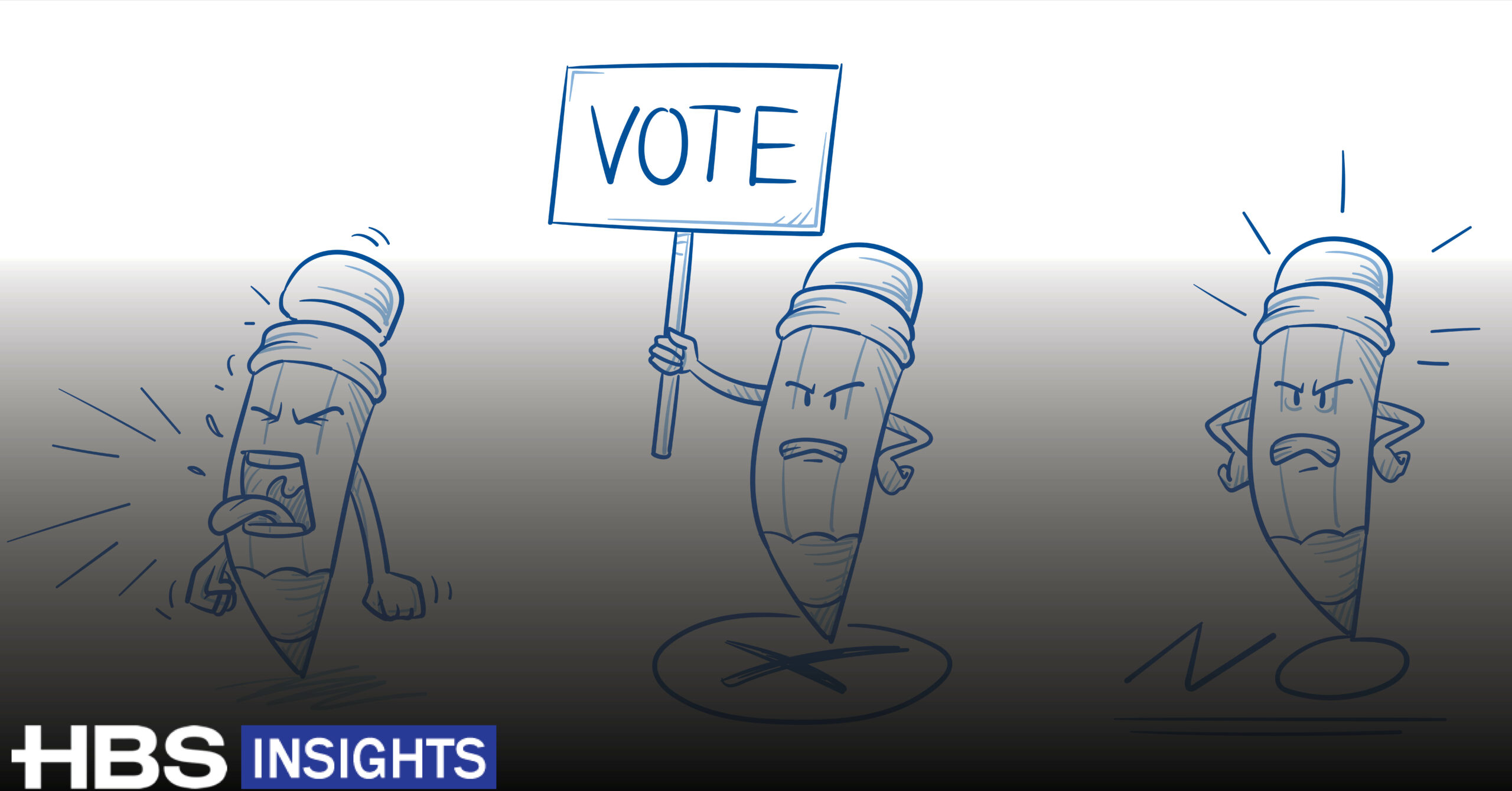We’ve seen considerable recent evidence of a changing American electorate, such as more minority voters being open to supporting Republicans and higher educated individuals almost exclusively heading to the Democratic camp, but a series of Public Opinion Strategies surveys for NBC News is confirming another surprise data point.
In presidential polls throughout the election cycle, it is Donald Trump and not President Biden who consistently fares better when a pollster expands the surveyed universe. This means Trump’s numbers have been consistently better in this election cycle when the sample consists of “adults” as opposed only to registered or likely voters. This is highly unusual since it is typically the Democrats who do better when the respondent universe expands.
Public Opinion Strategies pollster George Nassar released an analysis of a series of polls that his organization conducted exploring the responses of the high propensity voter versus those who are either only casual or habitual non-voters. The results are again consistent with other research conducted in the current election cycle, namely that we again see Trump and the Republicans doing better when the universe expands.
According to the Nassar analysis, when looking only at the highest propensity voters from both the 2022 and 2020 elections, President Biden posts a 49-44% lead over Mr. Trump. This group would also “prefer a Democratic Congress,” by three percentage points, 49-46%, and Democrats have a five percentage point advantage in party identification within the group.
When looking at the segment who voted in 2020, but not 2022, i.e., the presidential election only voters, we see a starkly different response, and one that defies American voting history.
Within this lower propensity segment, the respondents favor Trump over Biden by 12 percentage points, 50-38%. The unit would prefer a Republican Congress by a 50-41% margin, and Republicans would enjoy the five point identification advantage.
As we have seen in other survey research, the working class voter is becoming much more GOP favorable. Within this presidential election only segment, 47% would identify themselves as working class, and 32% are voters of color. Looking at the higher propensity contrasting segment, 31% are working class, and 24% voters of color.
Then Nassar isolated the non-voter segment, meaning those who voted in neither the 2020 nor 2022 election. This group shockingly would favor Trump over Biden by a whopping 20 percentage point margin, 54-34%. By a 49-40% spread, they would prefer a Republican Congress, and the GOP identification factor is R+10. Just over one-third (35%) are people of color, and 49% consider themselves working class.
Again, these are numbers never before seen, and help confirm the analysis that the overall electorate is in a state of flux.
Furthermore, as Mr. Nassar highlights in his memo, “the lower propensity voters are much less favorable to Biden and more likely to be younger, downscale, and less white. The higher the turnout, the better for the GOP.” He further states that, “this could have consequences when pollsters start deploying their likely voter models and perhaps overstating Biden’s vote.”
The question remains as to whether the Trump campaign and the Republican political apparatus can find ways to identify individuals that comprise the low propensity/non-voter segment, get a large percentage registered, and motivate them to vote in the 2024 election.
There is no question that a difficult implementation operation lies ahead, but numbers such as uncovered in the POS research could provide a heretofore untapped voting resource that could well provide Republicans the opportunity of converting a close loss into a game changing tight win.
We offer this political insights report for your information and not as a predictor or representative of opinions of HBS or its employees.
